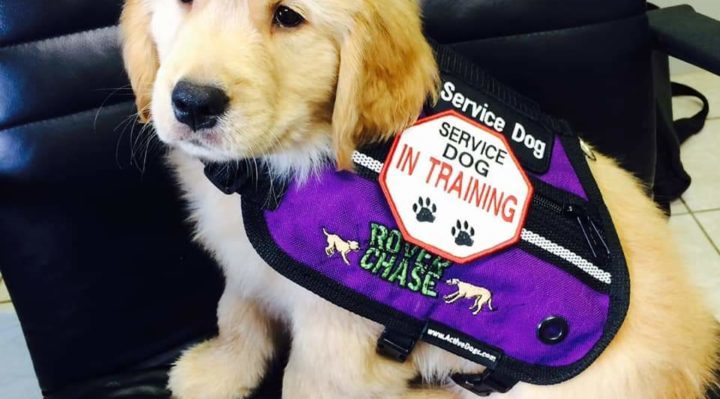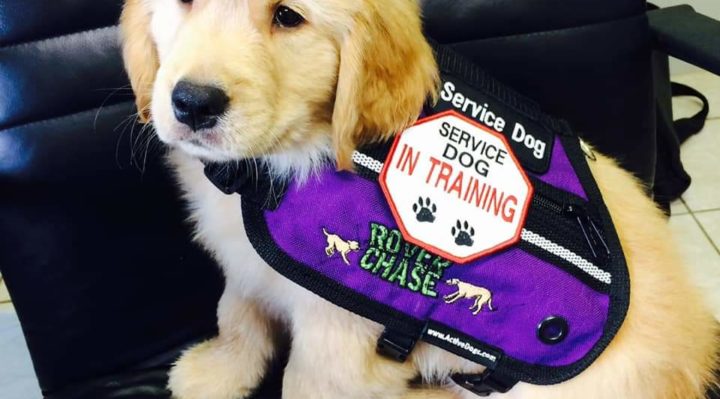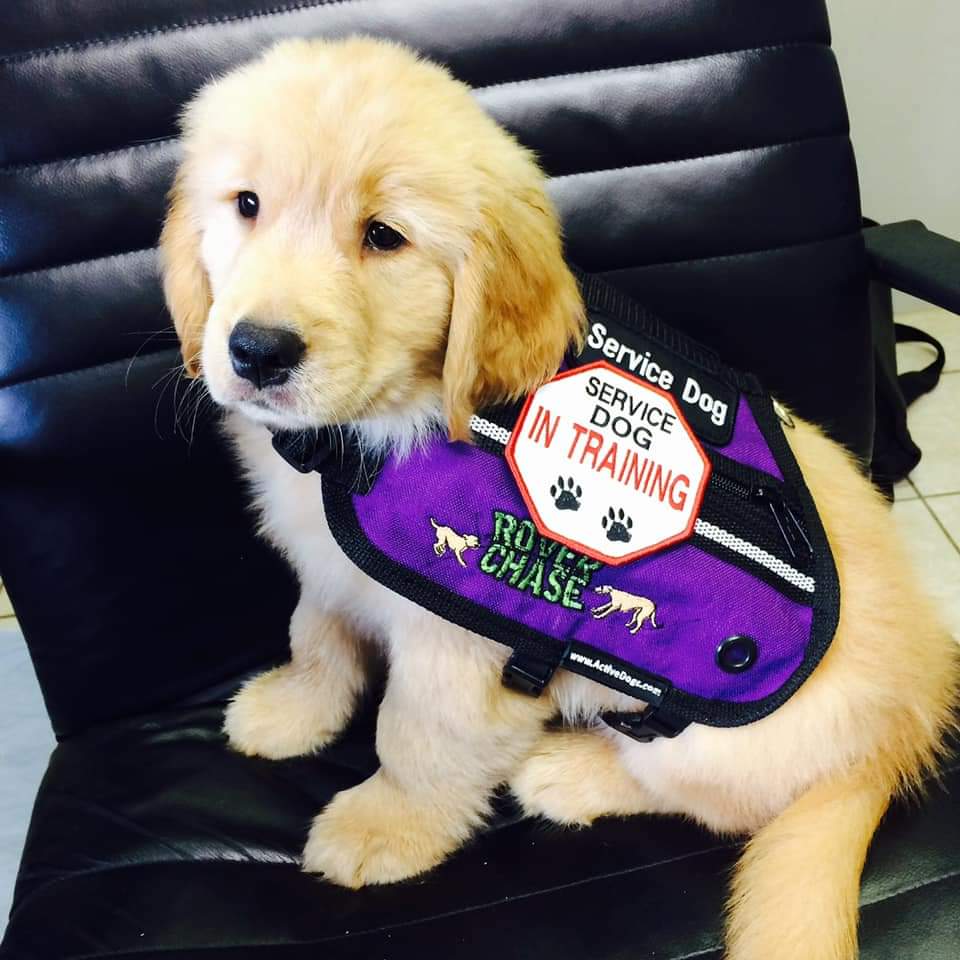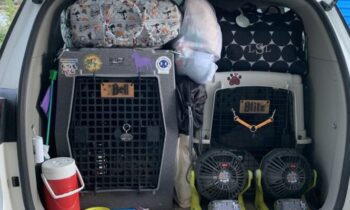


The U.S. Department of Transportation (DOT) recently announced that it is revising its Air Carrier Access Act (ACAA) regulation on the transportation of service animals by air to ensure a safe and accessible air transportation system.
The Department received more than 15,000 comments on the notice of proposed rulemaking. The final rule addresses concerns raised by individuals with disabilities, airlines, flight attendants, airports, other aviation transportation stakeholders, and other members of the public, regarding service animals on aircraft.
■ Defines a service animal as a dog that is individually trained to do work or perform tasks for the benefit of a person with a disability;
■ No longer considers an emotional support animal to be a service animal;
■ Requires airlines to treat psychiatric service animals the same as other service animals;
■ Allows airlines to require forms developed by DOT attesting to a service animal’s health, behavior and training, and if taking a long flight attesting that the service animal can either not relieve itself, or can relieve itself in a sanitary manner;
■ Allows airlines to require individuals traveling with a service animal to provide the DOT service animal form(s) up to 48 hours in advance of the date of travel if the passenger’s reservation was made prior to that time;
■ Prohibits airlines from requiring passengers with a disability who are traveling with a service animal to physically check-in at the airport instead of using the online check-in process;
■ Allows airlines to require a person with a disability seeking to travel with a service animal to provide the DOT service animal form(s) at the passenger’s departure gate on the date of travel;
■ Allows airlines to limit the number of service animals traveling with a single passenger with a disability to two service animals;
■ Allows airlines to require a service animal to fit within its handler’s foot space on the aircraft;
■ Allows airlines to require that service animals be harnessed, leashed, or tethered at all times in the airport and on the aircraft;
■ Continues to allow airlines to refuse transportation to service animals that exhibit aggressive behavior and that pose a direct threat to the health or safety of others; and
■ Continues to prohibit airlines from refusing to transport a service animal solely based on breed.


Photo by Abigail Witthauer
I asked service-dog training professionals and service-dog handlers, “What are your thoughts about the benefits of this decision on travelers with service dogs?”
Dale Ward (North Carolina) I was very relieved. As a trainer and as a person with a service dog, I was always worried about running into an untrained ESA dog. It caused extra anxiety and worry for me. Now, when the pandemic is over, we will be able to fly much more comfortably. I’m truly grateful for this!
Dale’s Dog Training Academy, LLC (North Carolina)
April Shoe (Alabama) I am very happy about this as a service-dog trainer. I do think there will be a lot more work to do because our company has received countless phone calls asking us to “certify” their ESAs to be service dogs so that they can fly with them, which is frustrating. We have a long way to go for more regulation to declare a full win.
Abigail Witthauer (Alabama) I own a service-dog breeding and training program as well as have a service dog for my own disabilities.
I am very supportive of the restrictions of ESAs. I am fairly outspoken about my belief that the service-dog industry needs to be regulated as a whole. My own dog and our program dogs are typically aggressed upon by ESAs several times each year.
Roverchase Service Dogs
http://www.roverchase.com/the-foundation.html
Rita Bierley (Ohio) I can see both sides. Well-trained support animals can be a life-saving addition to mental and physical well-being. However, because of the multitude of irresponsible people trying to pass off their untrained precious fur/feathered babies as support animals, and the resulting disruptions, it has made it harder for people with true needs to utilize them in public. Untrained animals that bite, snarl, or leave messes have almost ruined it for people with genuine needs.
Laurie Zurborg (California) I, too, see all sides. We assist clients in training their own service dogs or in problem-solving for clients with professionally trained dogs. I personally have a service dog for a medical condition and I have to fly non–service dogs for agility competitions. We went from getting a handful of requests a year to train ESA dogs to that many literally every week. While I am not a human doctor, the majority of people who make these requests don’t need the complication of training an animal to a high level on top of what they have going on. It seems like a happy middle ground would be some restrictions in ESAs. Maybe ESAs can go in more public places than the average dog, but not in airplanes or other stressful environments where they can’t simply leave if they act up. Service dogs could have a higher requirement. Logistics, I know.
Wags and Wiggles Dog Daycare
https://wagsandwiggles.com/
Kasey Nash (California) (CPDT-KA, Bergin University of Canine Studies Certified Assistance Dog Instructor) I believe it was a necessary response to the rampant and dangerous abuse of a policy that ultimately did more harm than good. While I do recognize the importance of an emotional support animal for a person with a disability, the fact that training is not required for ESAs must limit where they are permitted. Someone with psychiatric symptoms related to their disability should have the ability to own an animal regardless of their living situation, but there is no reason for them to bring an unprepared and untrained animal directly into the cramped and public environment of an airplane cabin.
Even people with legitimate ESAs were part of the problem, when both they and their dogs were unprepared for the experience of navigating an airport and flying in the cabin of a plane.
Airplanes are a stressful environment, and dogs who have not been raised and trained for public access will almost always be anxious throughout the process. This, first of all, vastly undermines their ability to provide emotional support for their handler and, second, leads to the problematic behaviors we have seen over and over again. Dogs become aggressive, incontinent, and otherwise disruptive on flights when they are unprepared and untrained.
As someone who has been flying with service dogs for 15 years, I have found that the increasing number of dogs in airports and on flights have significantly impacted the ease of flying with a dog. I have met more pushback from skeptical airline personnel, had dogs try to attack my dog, and had fellow passengers increasingly annoyed by the presence of any dog at all.
I do think the shift in law will cause a lot of confusion for the first couple of years, and service-dog handlers may need to self-advocate more aggressively when met with personnel who are unsure how to apply the change in law and policy. But I believe that, overall, this is an important and necessary change.
Joyful Paws Dog Training
https://www.joyfulpawsdogtraining.com/



